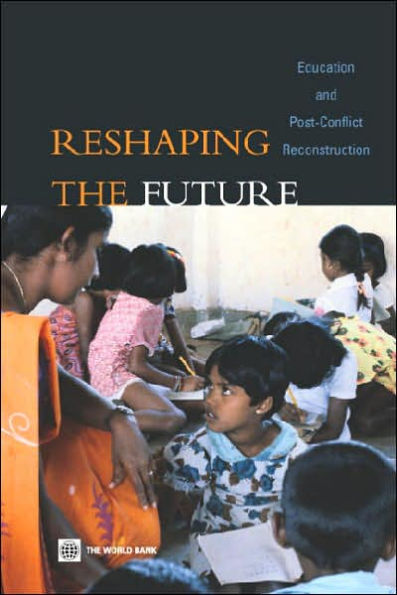5
1
9780821359594



Reshaping the Future: Education and Post-Conflict Reconstruction available in Paperback

Reshaping the Future: Education and Post-Conflict Reconstruction
- ISBN-10:
- 0821359592
- ISBN-13:
- 9780821359594
- Pub. Date:
- 10/15/2004
- Publisher:
- World Bank Publications
- ISBN-10:
- 0821359592
- ISBN-13:
- 9780821359594
- Pub. Date:
- 10/15/2004
- Publisher:
- World Bank Publications

Reshaping the Future: Education and Post-Conflict Reconstruction
Paperback
$12.0
Current price is , Original price is $12.0. You
12.0
In Stock

Product Details
| ISBN-13: | 9780821359594 |
|---|---|
| Publisher: | World Bank Publications |
| Publication date: | 10/15/2004 |
| Pages: | 116 |
| Product dimensions: | 5.90(w) x 9.04(h) x 0.31(d) |
From the B&N Reads Blog
